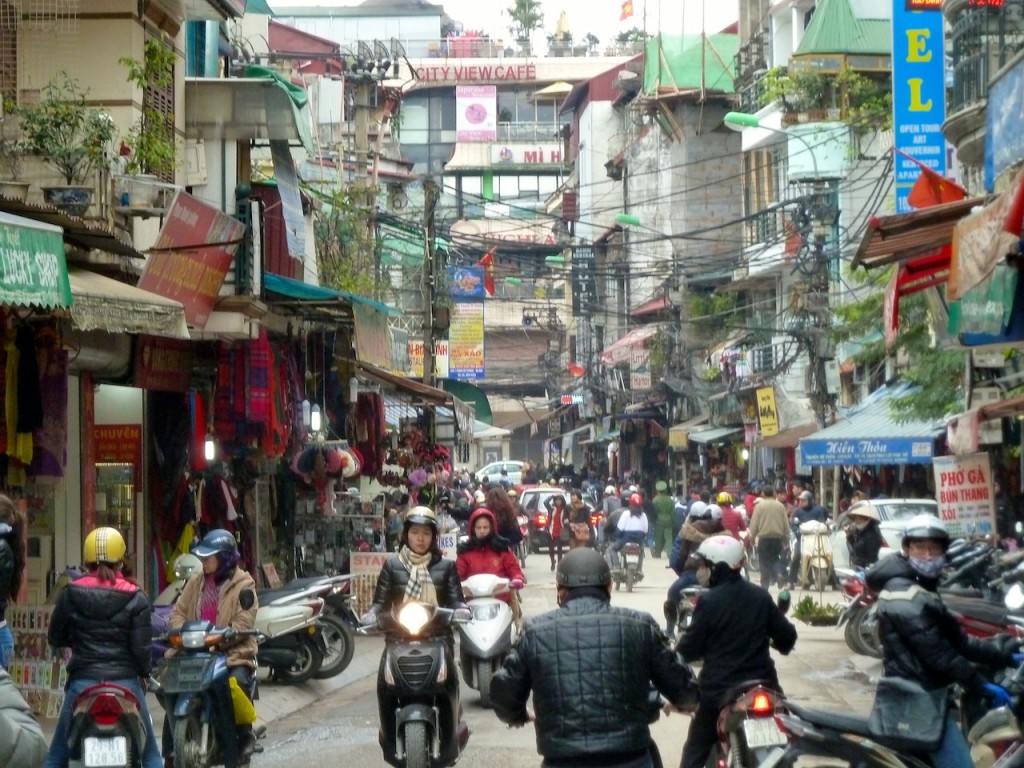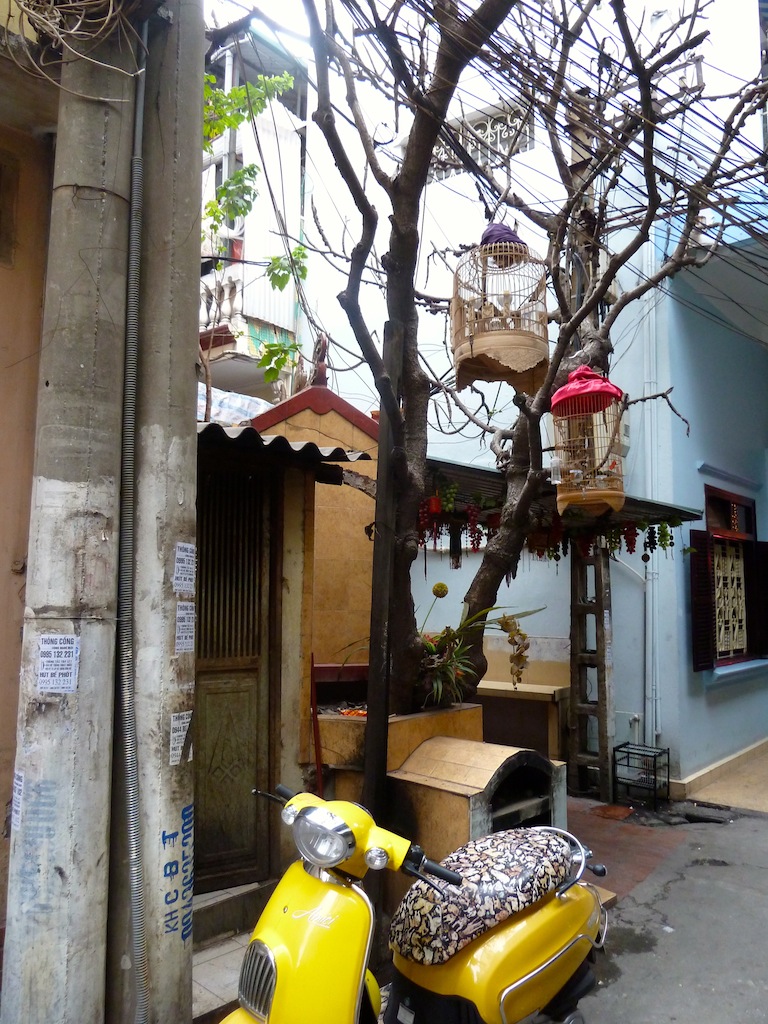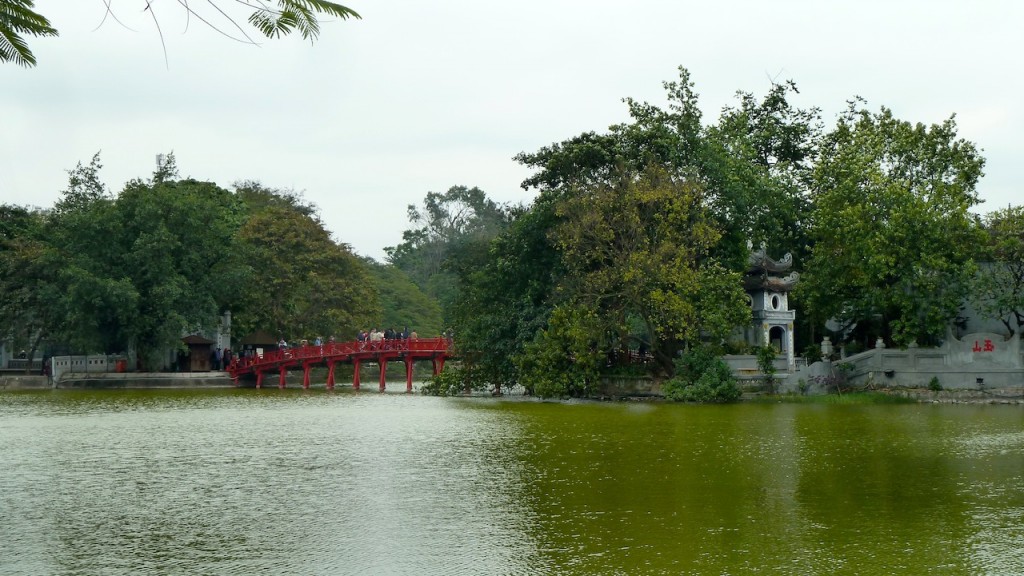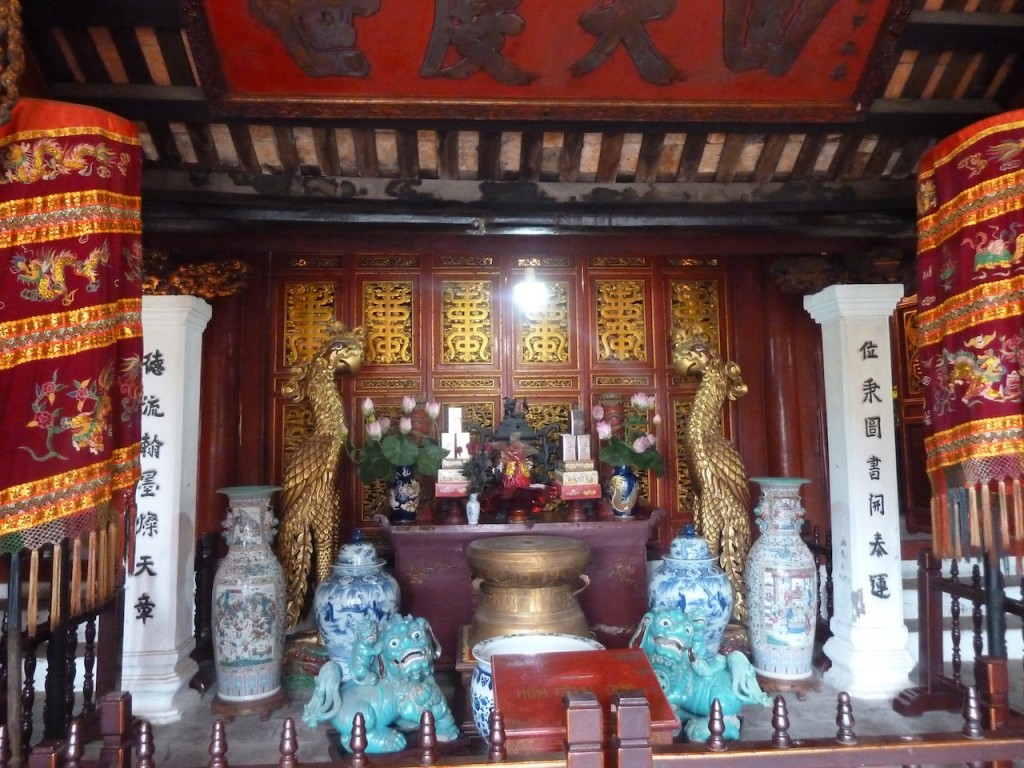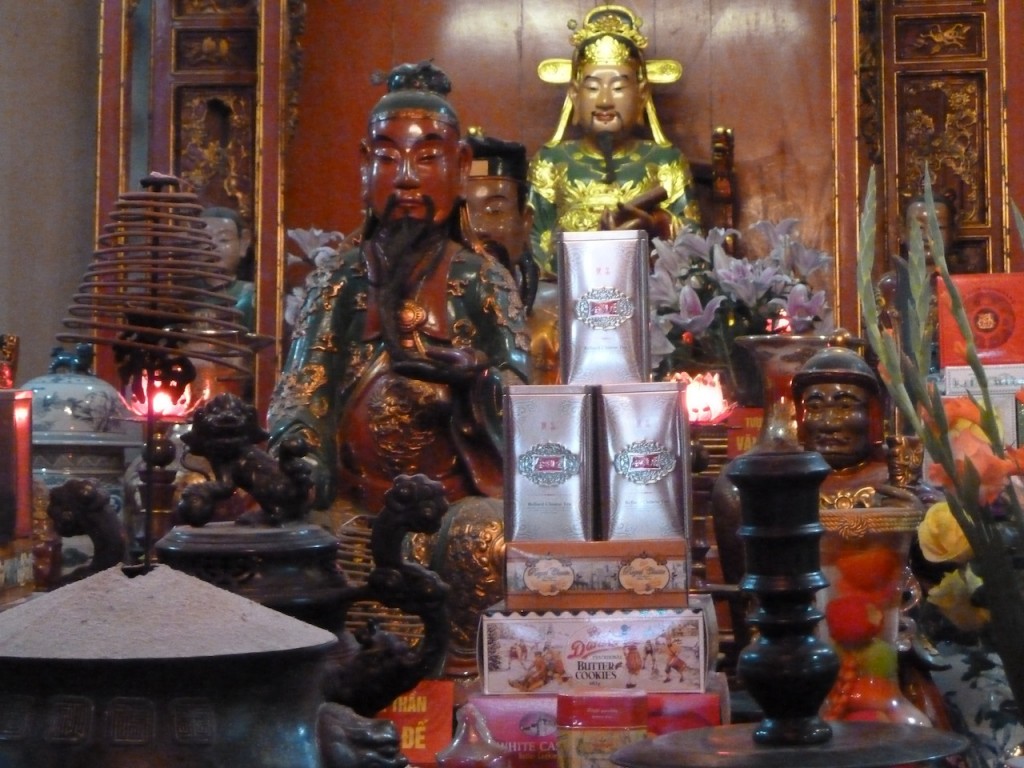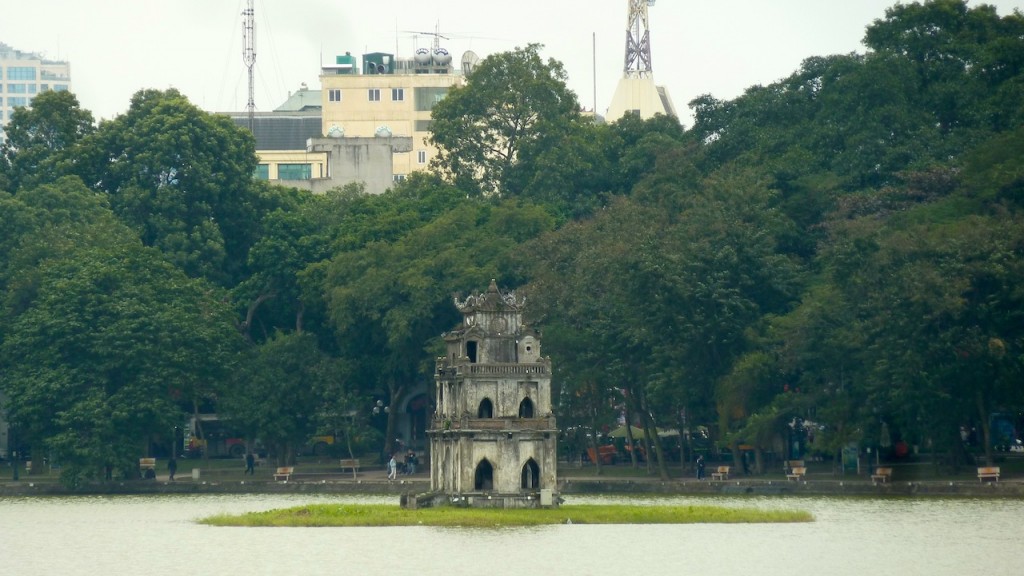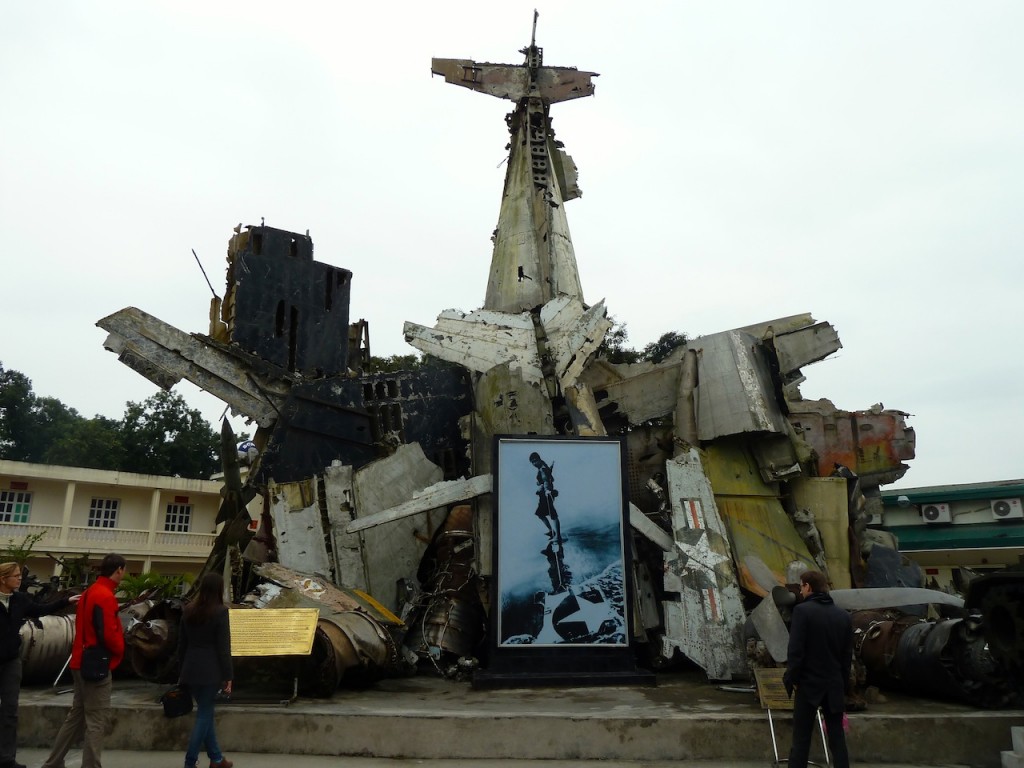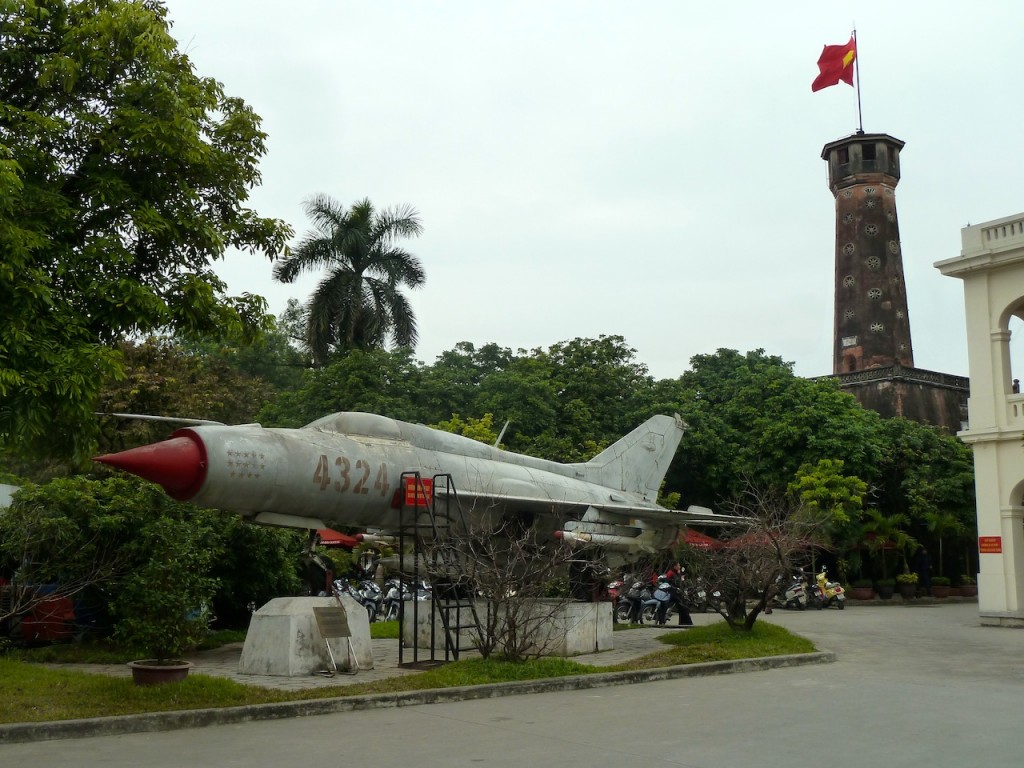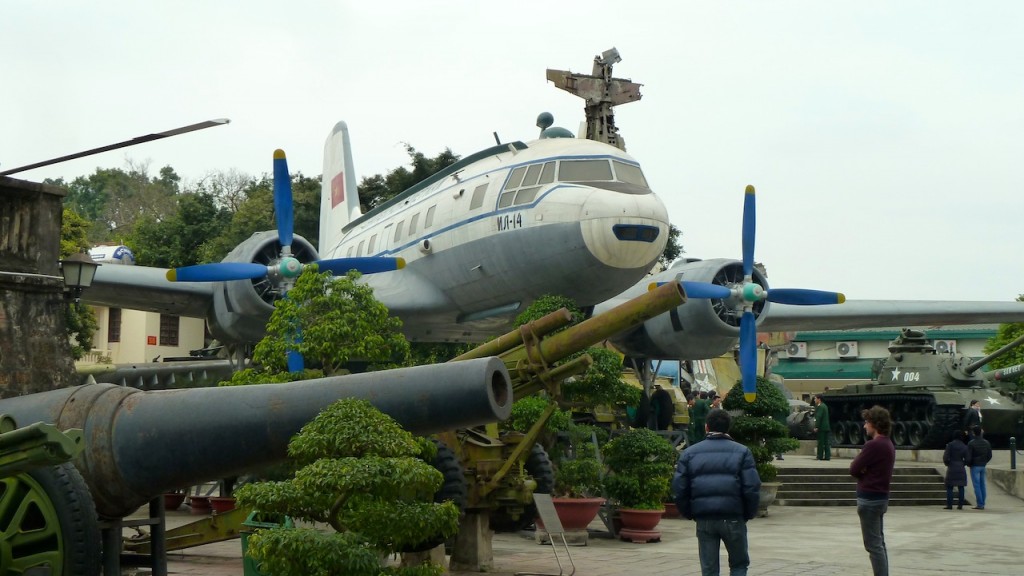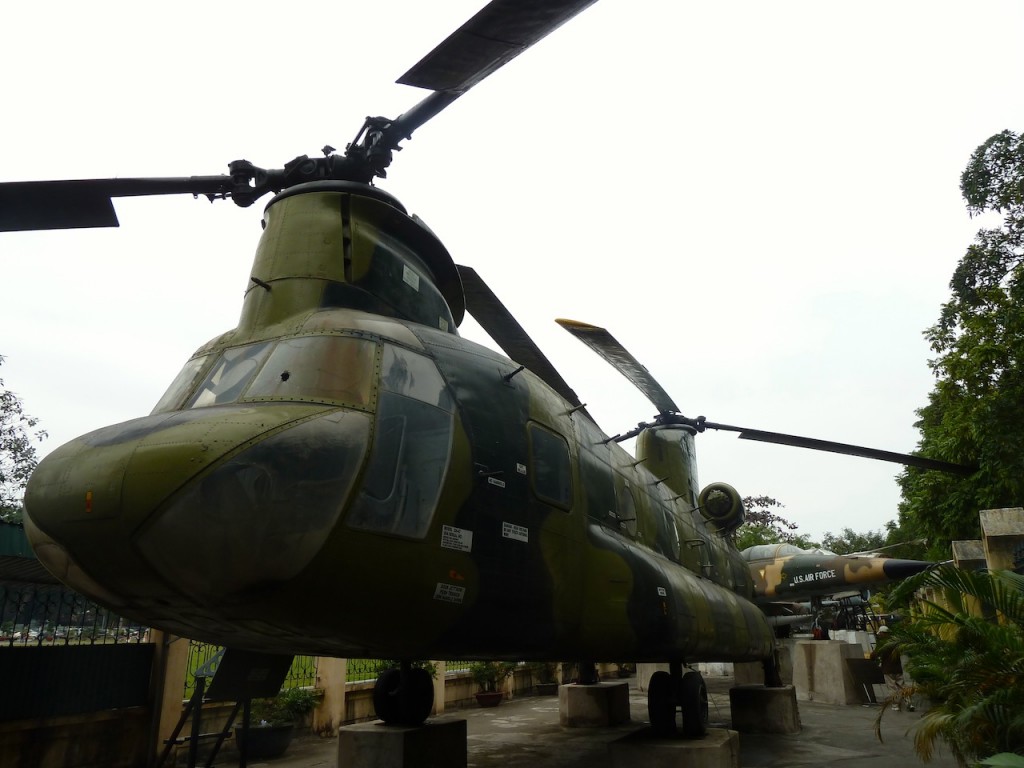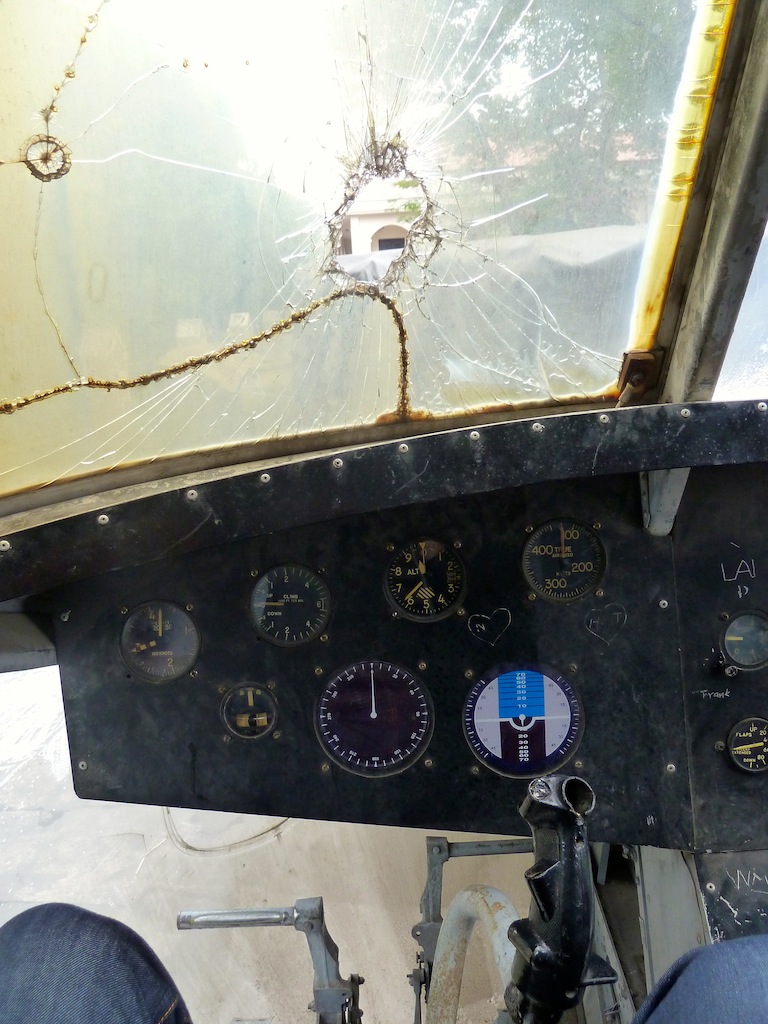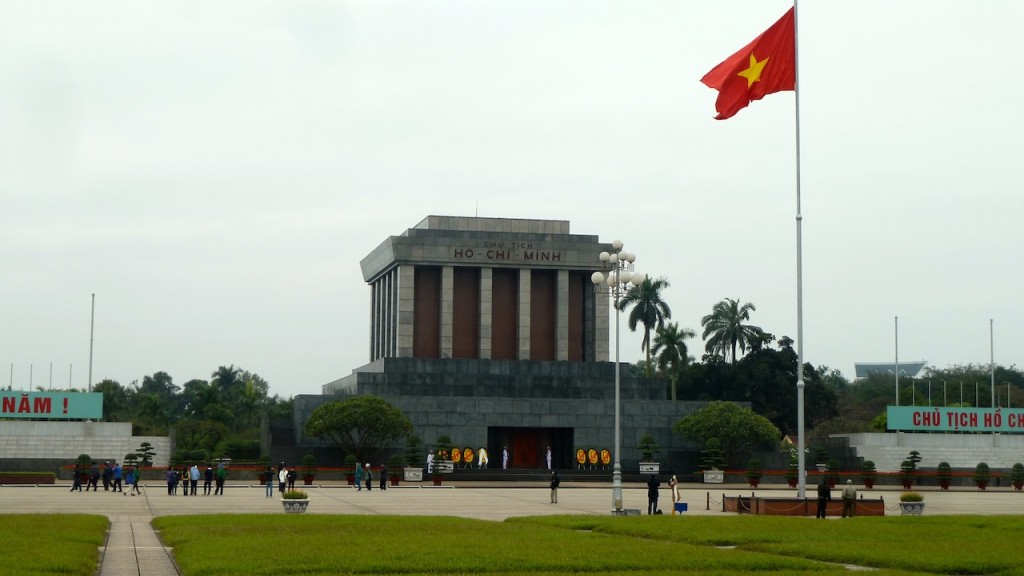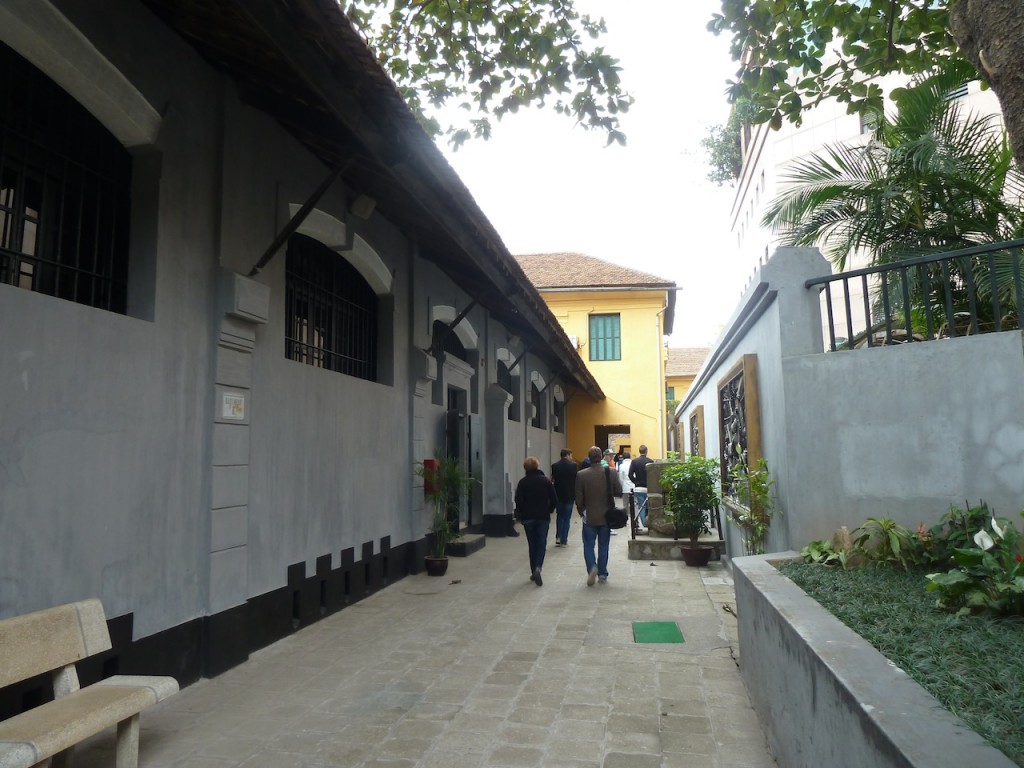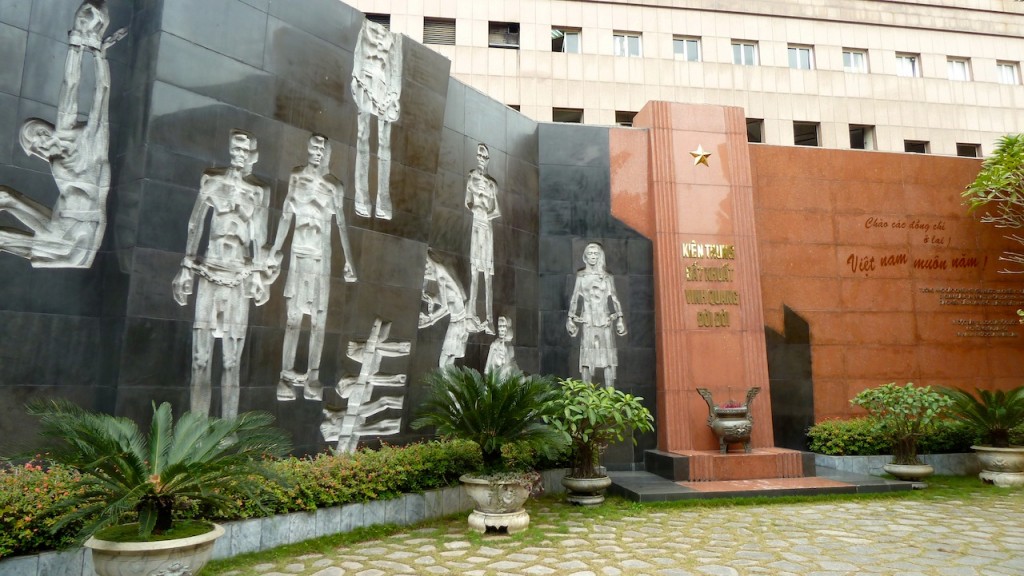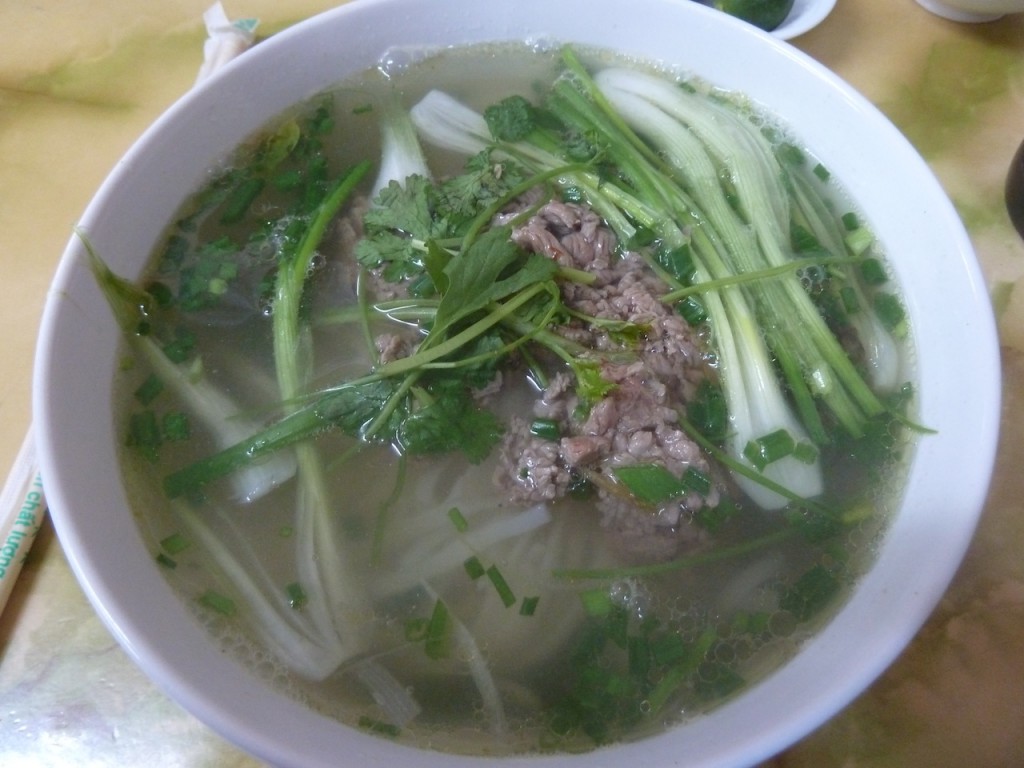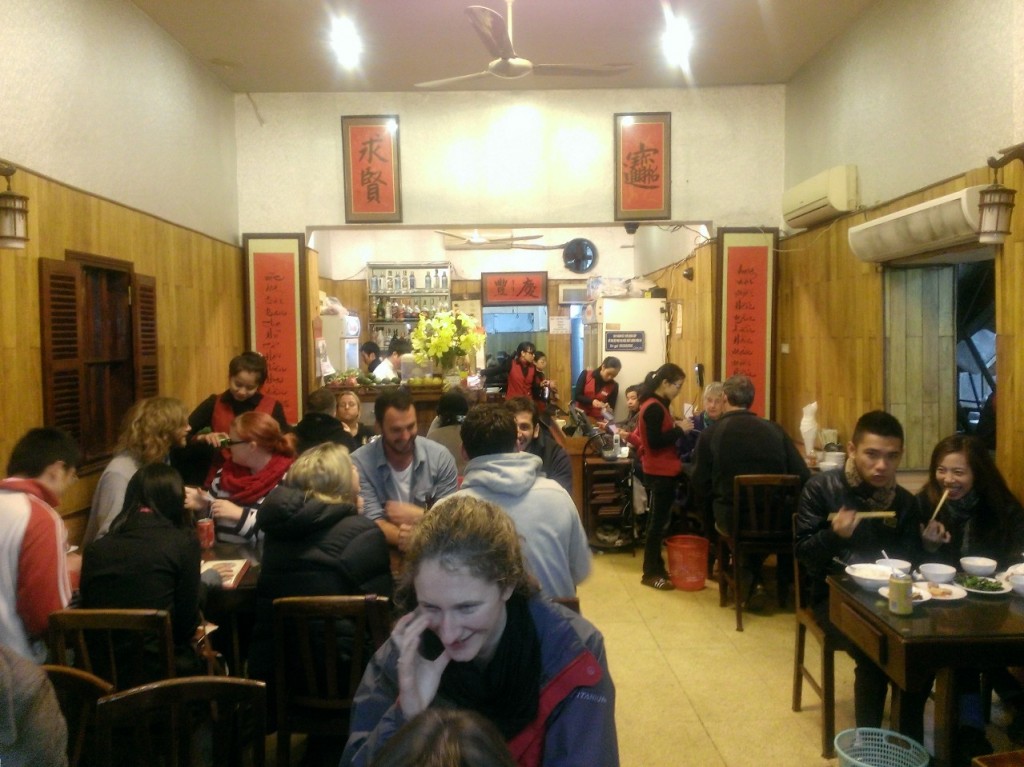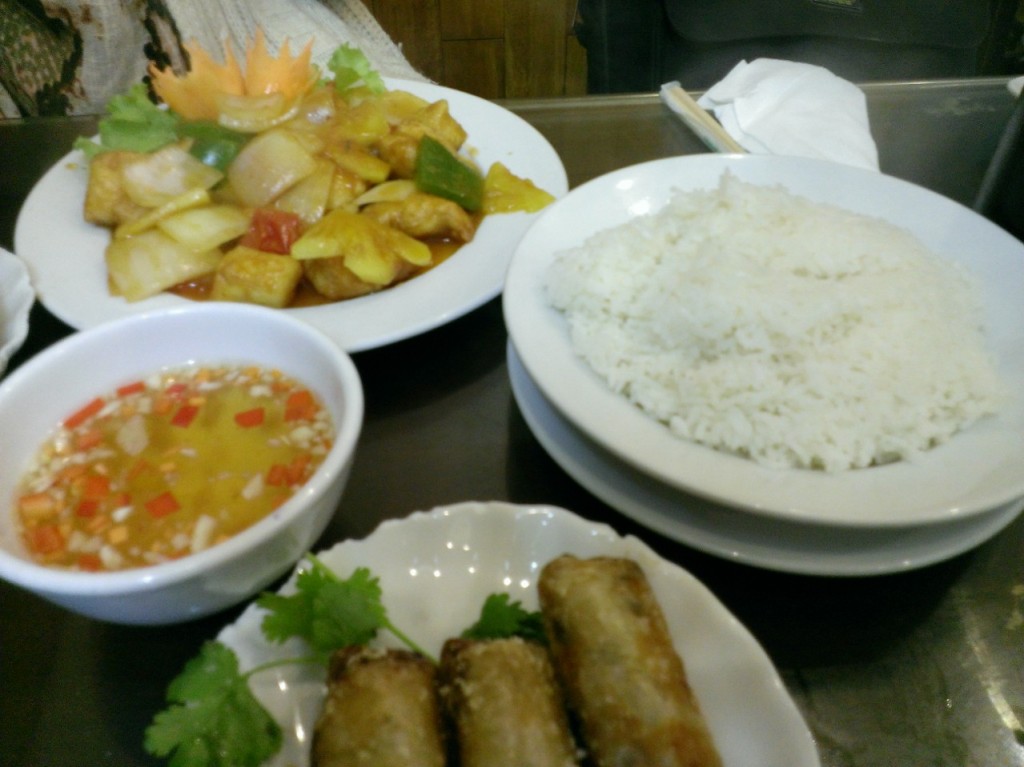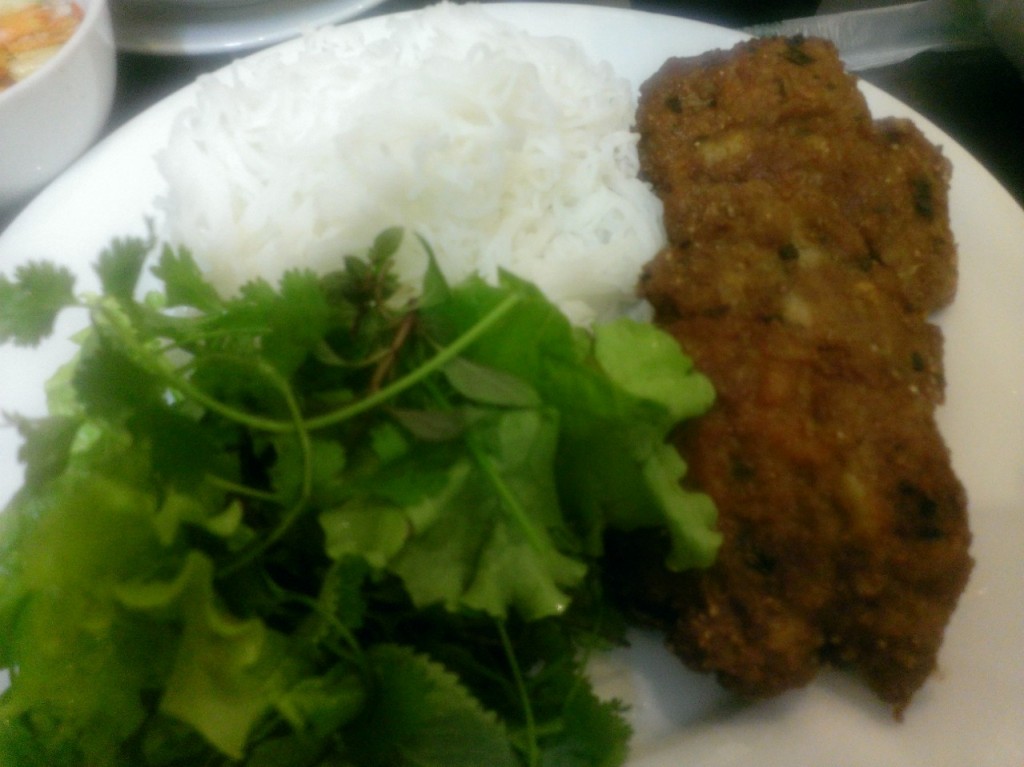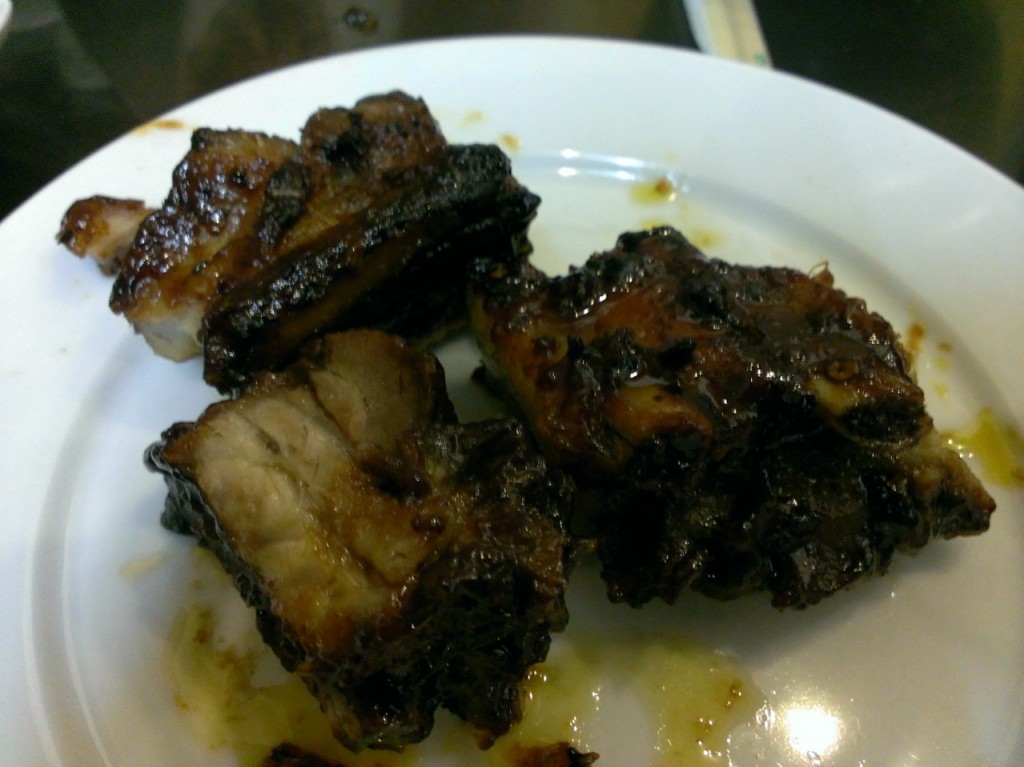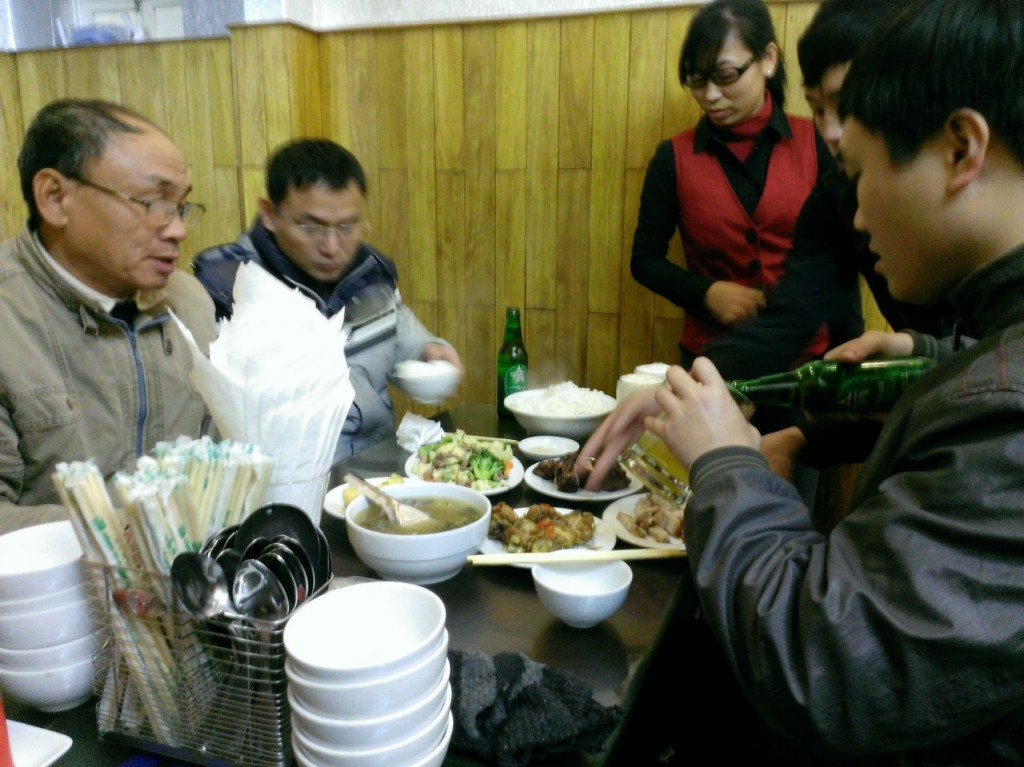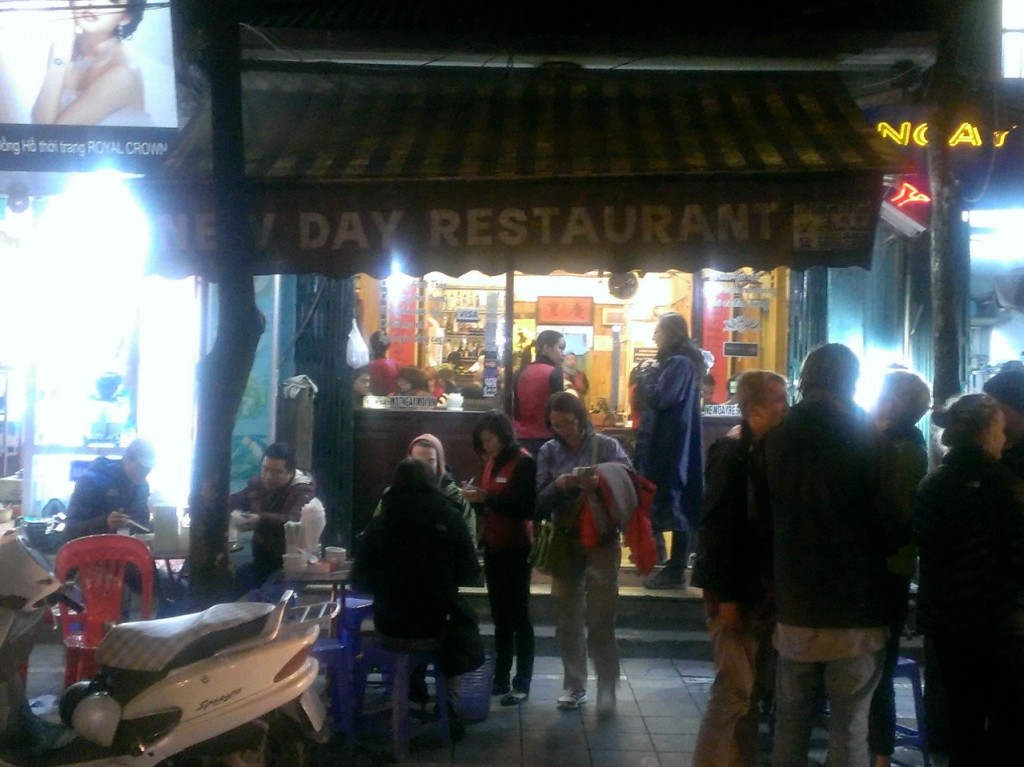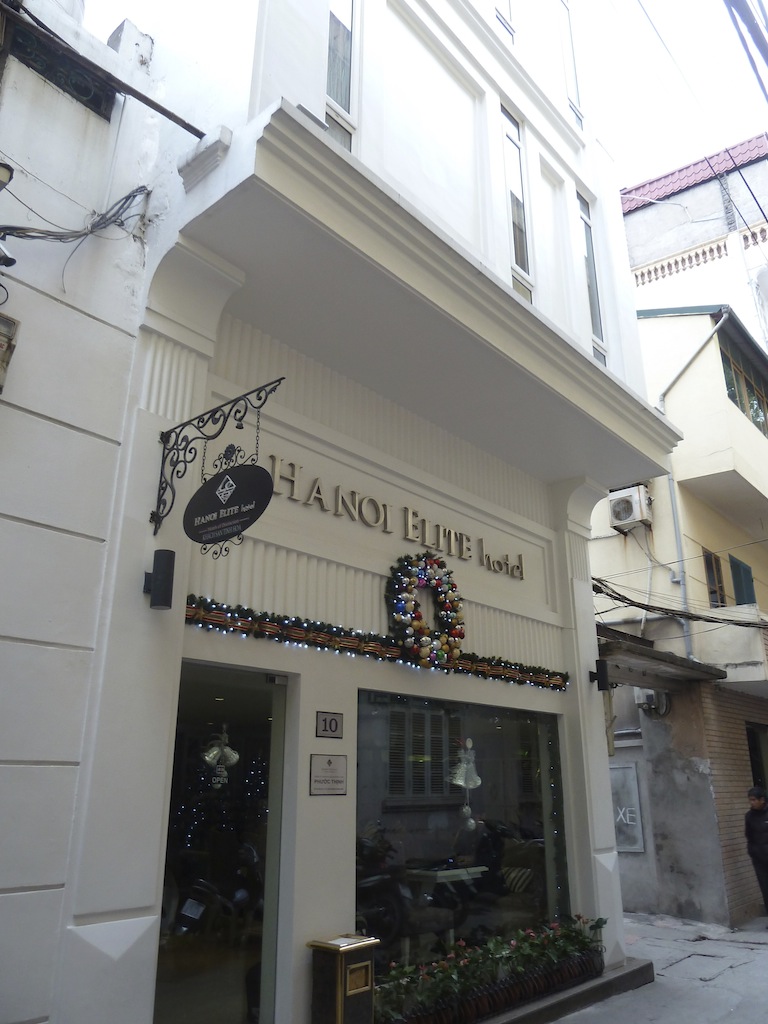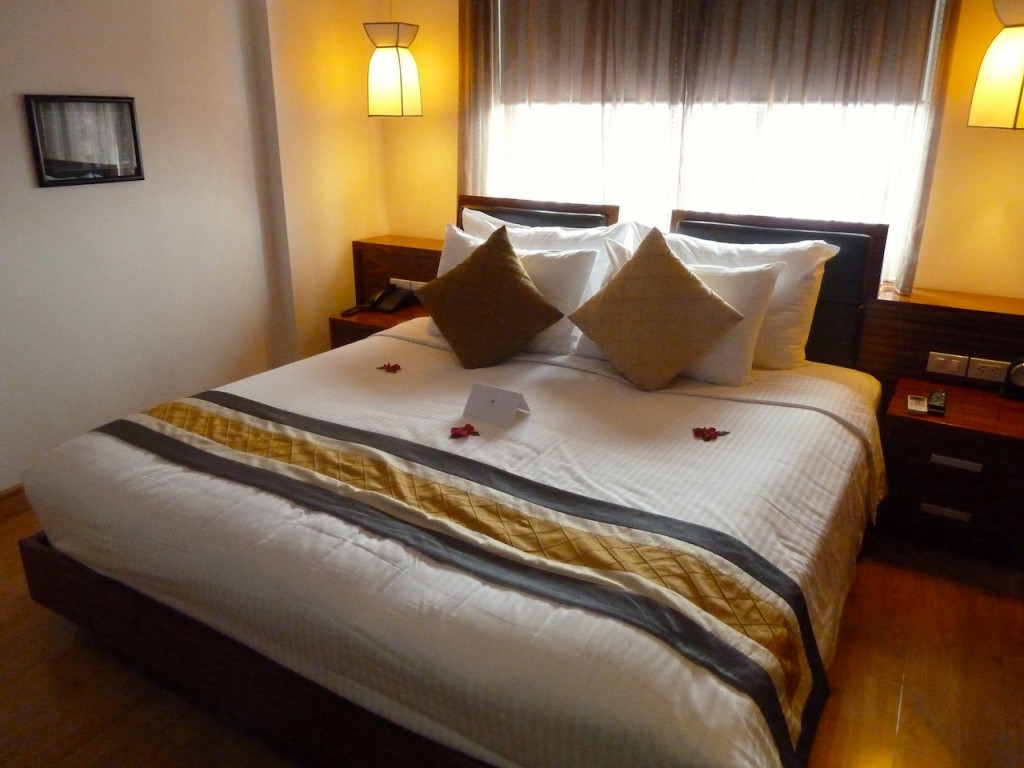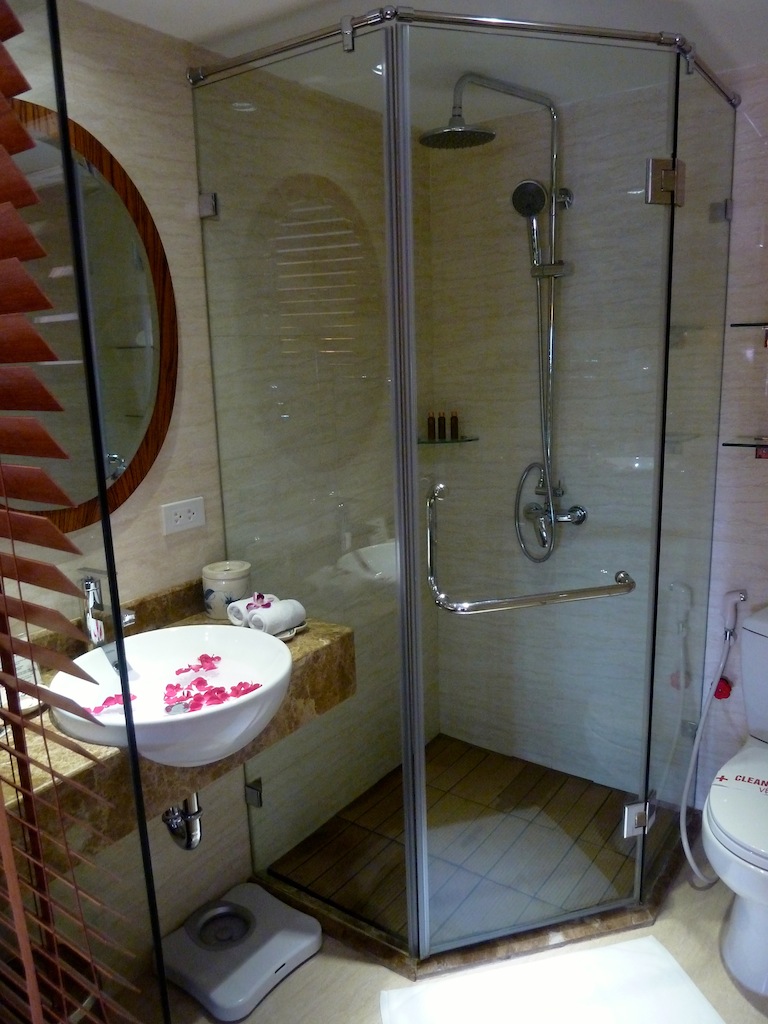When we decided to visit Vietnam, I got excited to immerse myself in the chaos of South East Asia again. The last time I was in this part of the world was in late 2009, so the idea of dodging scooters, eating street food and drinking cheap beer was well overdue. We arrived on a flight from hot and muggy Kuala Lumpur and were unfortunately met with a cold and damp Hanoi. Hanoi was my first experience of Vietnam, and I came in without any preconceptions. I was keen to check out Vietnam’s famous street food and drown my face in a bowl of Pho.
The capital of the Vietnamese socialist republic and nestled on the fabled Red River, Hanoi is a bustling, noisy slice of South East Asia that I didn’t find as in-your-face as other Asian countries and is bursting with tonnes of local character.
Things to See and Do
With loads of tumultuous history, delicious street food and markets to get involved in, 2 days in Vietnam’s traditionally conservative northern metropolis is just the right amount of time to see enough of the city. Especially if you’re interested in historic sites and learning more about the North Vietnam side of the war.
Old Quarter
A mazes of alleyways, lanes, street eateries, bars and local vendors, Hanoi’s old quarter is where you’ll be dodging motorbikes and scooters all the while being led by your nose to find the best bun cha or pho. Street vendors, temples, counterfeit DVDs shops and all manner of other bits and pieces make up this never ending traditional heart of the capital.
The name of the game here is just wandering around, discovering what the city has to offer. Everything north of the Hoam Kiem Lake is the Old Quarter, and just following your inquisitiveness is the best way to experience it. If artwork is your thing, look out for the galleries dotted throughout the old town selling reproduced Communist propaganda posters.
Hoam Kiem Lake
Hoam Kiem Lake is really the focal point of Hanoi. It’s 100% mystical as far as the Vietnamese are concerned. Meaning “Lake of the Returned Sword” in English, the legend is that emperor Le Loi was boating on the lake when his magic sword was grabbed by a turtle.
No one could find the sword or the turtle, so the emperor concluded that the Golden Turtle God had come to take back the sword that it had given him some time earlier during his revolt against the Chinese Ming Dynasty. The emperor then renamed the lake to commemorate the event, and the Turtle Tower standing on a small island near the centre of lake is linked to the legend.
Exploring Ngoc Son Temple on the island is a great introduction to Vietnamese religion, and the vast temple is filled with colourful statues and offerings are dotted throughout.
Military History Museum and Flag Tower
This was something that I was really keen to check out. I’m a big military and history buff, so the two together literally had be frothing at the mouth. It’s filled with Vietnamese war history going back centuries and does harbour a heavy bias towards the regime, but is an incredible insight into the Vietnam War.
The grounds of the museum are littered with old military hardware includes lots of captured American aircraft and old Russian fighters and tanks.
It highlights American imperialism in a big way, but I think that’s to be expected in the heart of what is traditionally the most hardline, conservative, Communist part of Vietnam. And getting to sit in the cockpit of a Chinook helicopter was pretty damn cool. 🙂
Ho Chi Minh Mausoleum
For anyone that’s been to Moscow, you’ll recognise what’s going on here straight away. Like the Lenin Mausoleum in Moscow, this one is for the hero of Vietnam, Ho Chi Minh. He’s responsible for the uprising against the French after WW2 and is effectively the father of everything Vietnam stands for socialism wise.
Entry is a convoluted affair like in Moscow also, with a long queue with no obvious entrance where you have to surrender all your stuff before they’ll let you in. To be honest, walking around the outside is enough unless you have a real desire to check out Minh’s embalmed body in a glass case.
Hanoi Hilton (Hoa Lo Prison)
The Hoa Lo Prison was a prison used by the French colonists in Vietnam for political prisoners, and later by North Vietnam for prisoners of war during the Vietnam War when it was sarcastically known to American prisoners of war as the “Hanoi Hilton”. Known as Maison Centrale. the French used the prison to imprison, torture and execute Vietnamese dissidents.
It serves as a dark reminder of political imprisonment and demonstrates how the French treated the Vietnamese and then how the Vietnamese treated their own people and the Americans they captured.
The prison which took up an enormous block of land was demolished during the 1990s, and the gatehouse is the only part that remains as the museum. It’s not a big museum, and you can cover the entire prison in about 2 hours or so.
Food and Drink
Now onto the tasty part – getting your face into some tasty Vietnamese eats. Everybody is familiar with the ubiquitous Pho, and the version you’ll most likely run into is Pho Bo (Pho with beef). You can literally get it everywhere in Hanoi, and each street vendor will have their own way of making it that’s been passed down through their family for generations. Consisting of noodles, green vegetables, beef and a soupy broth, it’s a cheap way to get fed. Make sure you slurp up all of the broth!
You could literally have pho for breakfast, lunch and dinner here, but do save some room for the other amazing meals you’ll find in the city.
New Day Restaurant
Frequented by both locals and tourists, New Day Restaurant is a buzzing place to eat that’s a step up from the plastic stools and bare concrete walls you’ll find out on the street but with the same fantastic quality of food.
Attentive, fast and friendly staff will help you navigate the extensive menu and make sure you order yourself a great selection of the finest North Vietnamese culinary delights available. Like this sweet and sour chicken and spring rolls.
Or bun cha, a Northern staple you’ll only find in and around Hanoi. It’s essentially BBQ pork, greens and rice noodles and it comes with a cup of broth that you drown the contents in before going in with your chopsticks.
Or how about these great little beef ribs I had for a starter? They were definitely different to the BBQ ribs you get from Bodean’s here in London, but just as sticky.
The locals next to us ordered half the menu I reckon; and when it came it was a big share-fest of rice and bowls of meat criss-crossing the table. I love the communal way people eat in Asia.
Located in the heart of the Old Quarter and near some well known hostels and hotels, you shouldn’t have much of a problem finding this place.
How to get there
Hanoi is served by Air Asia (from KL), Vietnam Airlines (from London) and Jetstar Pacific (from other cities in Vietnam) along with other Asian carriers. Noi Bai airport is about 45 km from Hanoi and the drive into the city will take 45-60 minutes (traffic is generally shocking). Try to organise an airport transfer with your hotel before arriving to avoid the rip-off fest with taxis at the airport.
A bit of orientation
Here’s a handy map laying out all the sights mentioned above to give you an idea of where things are in Hanoi. Click on the markers to see the sight listed and zoom and pan around to see more of the map.
View 48 hours in Hanoi in a larger map
Get around in Hanoi
Hanoi can mostly be covered on foot, especially in the Old Quarter and around Hoam Kiem Lake. For when you find yourself a bit far from where you’re staying, try to flag down a green Mai Linh or Taxigroup taxi only. These taxis have honest meters, and taxis from other companies will try to stiff you. If you do have to take a different taxi, agree on the price before you get in. A trip across Hanoi should cost about 50,000 dong.
You could also opt for for a cyclo, but do beware that these guys peddling around the city have their ways of extorting more money out of you once the journey’s over. This happened to us further down the coast in Hue, and we had to pay 50k dong extra to avoid a bit of a stand-off in a busy market.
Where to stay
Hands down, I reckon your best choice in Hanoi is the Hanoi Elite Hotel. When we arrived, I was blown away by the level of service provided in this gem tucked away in the Old Quarter. The staff are incredibly friendly, and ushered us in from the rain, took our bags off our hands and offered us a cooked breakfast when we arrived off our flight at 10am in the morning.
The hotel is small, with only 4 floors and 2 rooms per floor, but the cosiness really adds to the character. The rooms are of a decent size and are really well appointed with a massive bed, desk and computer, fast, free wifi and complimentary fruit and water. On demand movies are also provided on the big wall-mounted TV.
The bathroom was compact, but had a great big shower and the place was filled with flower petals. This is the kind of treatment you expected in an expensive beach resort, not in a small central city hotel.
The ground floor had a small breakfast area, just enough to accommodate a few guests at a time. It really made you socialise a bit more with the other people staying and with the staff also. The great team of staff can also easily organise any tours or transport you need. When we needed to book train tickets from Da Nang to Hue, the receptionists helped us pick the right train and then took care of everything for us. The also helped us understand Hanoi a bit better, filled us in about who might try to scam us and were generally just genuinely helpful.
Budget
The currency in Vietnam is the Dong (yeah, I know :)). I had so many dong jokes going on, it was hilarious. I had so many dongs. £1 converts to about 31,000 dong, so I was literally a dong millionaire the whole time i was there. Beers will generally run you at about 40,000 dong, taxis about 50k (like I said above), and meals are usually 80,000-120,000 dong.
Conclusion
Hanoi is a real mix of everything that Vietnam is about. From the proud Socialist conservative history, to great street food and a bit of dodgy weather, it’s a city that takes a day or so to get your bearings in. Daunting at first, it doesn’t take long to recognise streets you’ve been down, dodgy cyclo drivers or the best place to get some bun cha. From those that have been, I’m told Hanoi is very different to Ho Chi Minh City in the south, which is apparently more tropical and liberal.
Hanoi is very much “old school” Vietnam from what I read and subsequently found, but stay tuned to find out more about what I thought of other cities further south in Vietnam.
